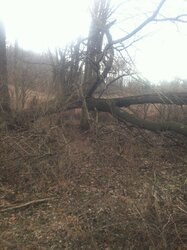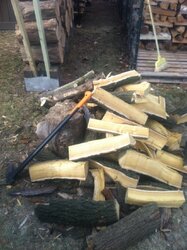Are these firewood BTU charts based on any kind of actual science or are the numbers just pulled from the ether?
I guess I don't see how every chart can have a different number for most species. Most I have looked at differ by up to 5 BTUs. That's 25% for most woods. Elm seems to be all of the map, as well as Hickory and soft Maple.
Is there a definitive chart I should be looking at?
I guess I don't see how every chart can have a different number for most species. Most I have looked at differ by up to 5 BTUs. That's 25% for most woods. Elm seems to be all of the map, as well as Hickory and soft Maple.
Is there a definitive chart I should be looking at?



